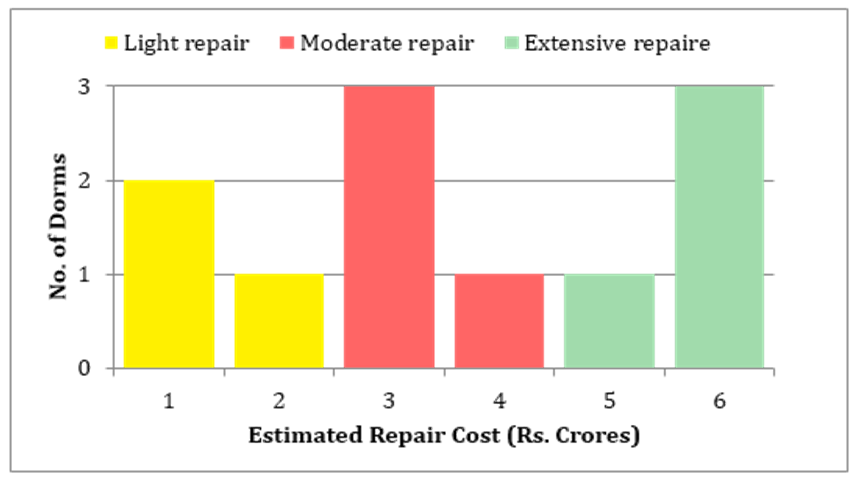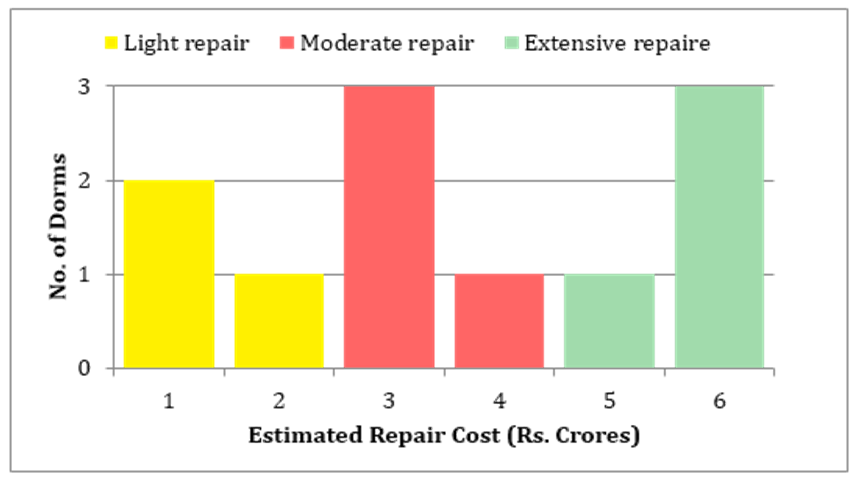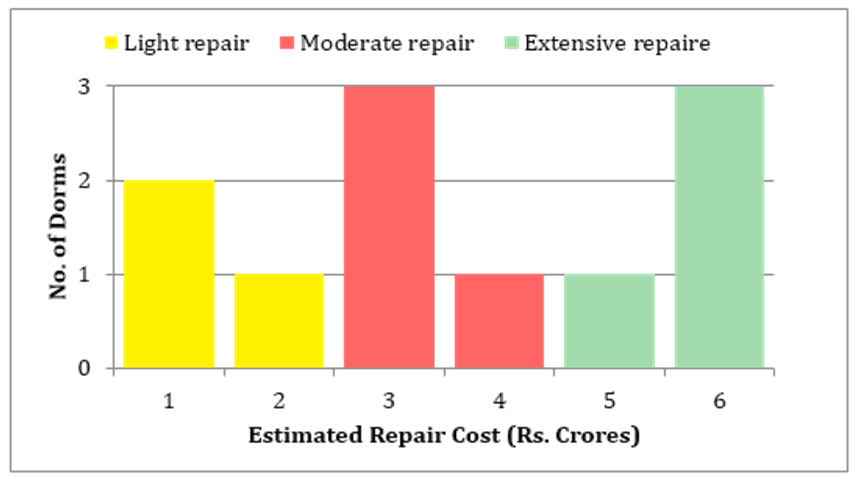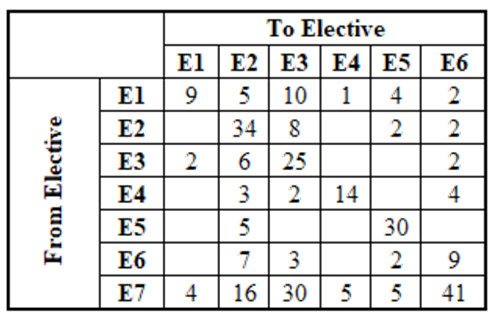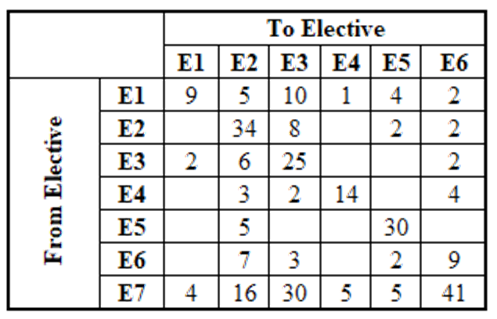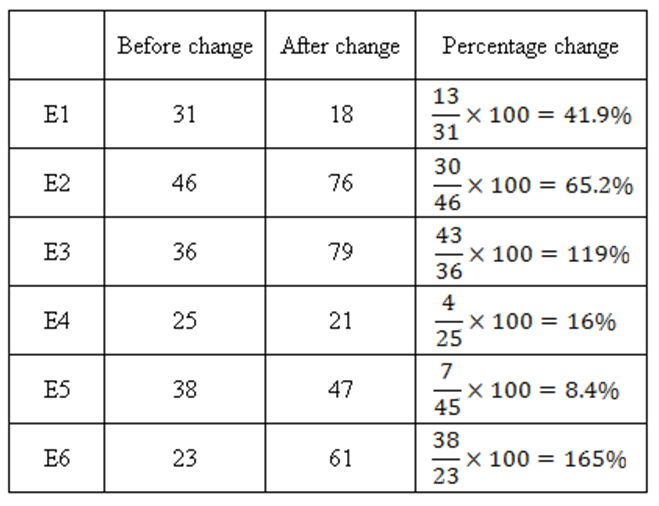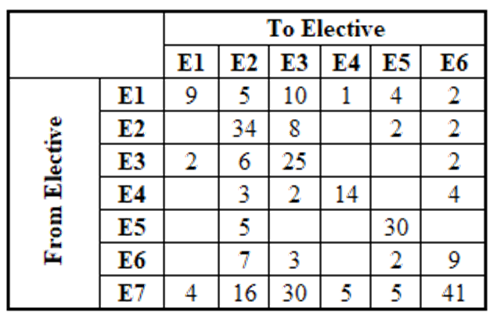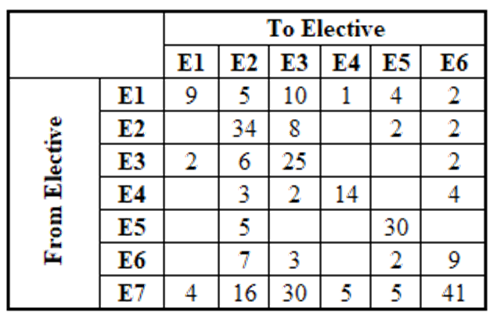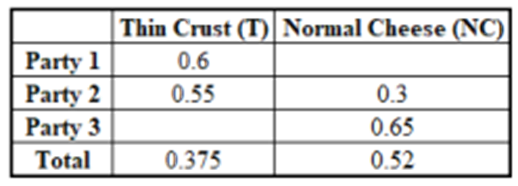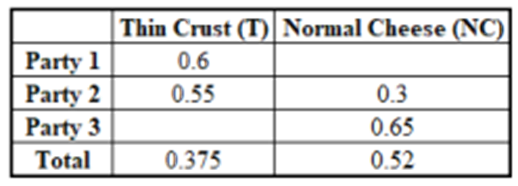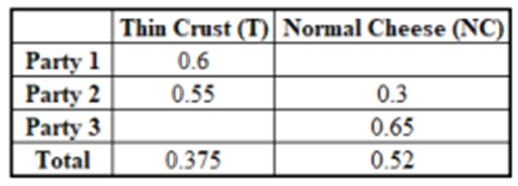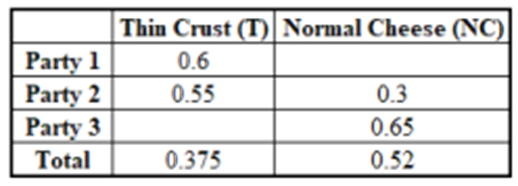Directions for questions 47 to 50:
Answer the following question based on the information given below.
Questions 47 to 50 carry 3 marks each.
At a management school, the oldest 10 dorms, numbered 1 to 10, need to be repaired urgently. The following diagram represents the estimated repair costs (in Rs. Crores) for the 10 dorms. For any dorm, the estimated repair cost (in Rs. Crores) in an integer. Repairs with estimated cost Rs. 1 or 2 Crores are considered light repairs, repairs with estimated cost Rs. 3 or 4 are considered moderate repairs and repairs with estimated cost Rs. 5 of 6 Crores are considered extensive repairs.
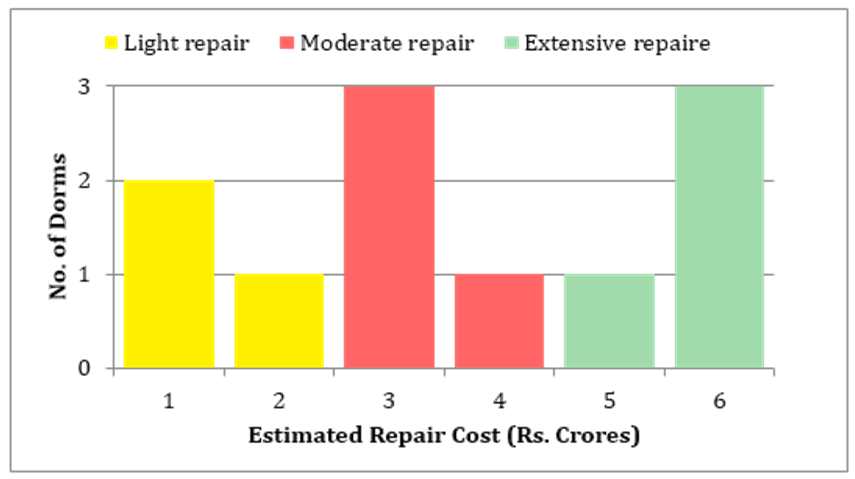
Further, the following are known:
- Odd – numbered dorms do not need light repair; even-numbered dorms do not need moderate repair and dorms, whose numbers are divisible by 3, do not need extensive repair.
- Dorms 4 to 9 all need different repair costs, with Dorm 7 needing the maximum and Dorm 8 needing the minimum.
[CAT 2017 SLOT II]
Q. 1.
Suppose further that:
- 4 of the 10 dorms needing repair are women’s dorms and need a total of Rs. 20 Crores for repair.
- Only one of Dorms 1 to 5 is a women’s dorm.
Which of the following is a women’s dorm?
- A).
Dorm 2
- B).
Dorm 5
- C).
Dorm 8
- D).
Dorm 10
